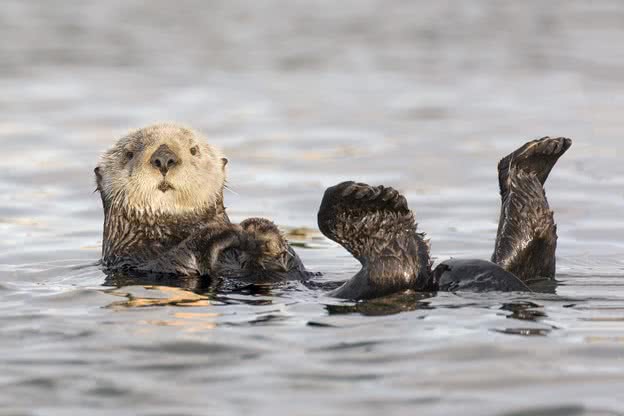WCMRC works tirelessly to protect the entirety of BC’s 27,000 km coastline. This includes working to identify and protect the wildlife that inhabits it. While WCMRC is an emergency spill response program rather than a proactive protection or conservation program, we have been actively working to integrate wildlife response protocols into our emergency spill response processes.
The Marine Mammal Oil Spill Response Plan (MMOSRP) is an integrated wildlife response involving oil spill response professionals, wildlife professionals, local rescue organizations, environmental groups, and government agencies designed to best identify and protect BC wildlife species.
We sat down with WCMRC’s Michael Lowry to learn more about how WCMRC’s spill response protocols support and protect BC wildlife.
Hi Michael, so tell us about the wildlife that WCMRC works to protect?
Our Coastal Response Program works to mitigate impacts on wildlife in the intertidal zone, which includes larger animals such as seals and sea lions but also important food sources such as shellfish. During a spill we will put booms in place to protect species from the oil, keeping areas of sensitivities free from harm.
![]()
Other than deploying boom, does WCMRC have any specific spill response tactics that actively protect wildlife?
One interesting area is marine mammal hazing, which is using different scare tactics to keep large marine animals away from a spill site. This is lead by the Department of Fisheries and Ocean (DFO), but we have developed a protocol for this as part of the Marine Mammal Oil Spill Response Plan (MMOSRP).
What is the most unique species that WCMRC works to protect during a spill?
One of the most endangered species in the intertidal zone is the Northern Abalone, a large marine snail. The Northern Abalone is the only species of abalone commonly occurring in Canada. They are listed as endangered under the Species at Risk Act.
Are there any memorable wildlife encounters from your time with WCMRC?
During our ongoing spill response operation up in Nootka Sound, the Incident Command Team was able to track an otter who lived near the shipwreck and protect his primary forage area with boom so he could continue to live and feed in the area without fear of pollution from the shipwreck. This was done in support of the work of DFO’s Marine Mammal Response team .

For more information about WCMRC and the areas we protect, visit our Coastal Response Program website.


